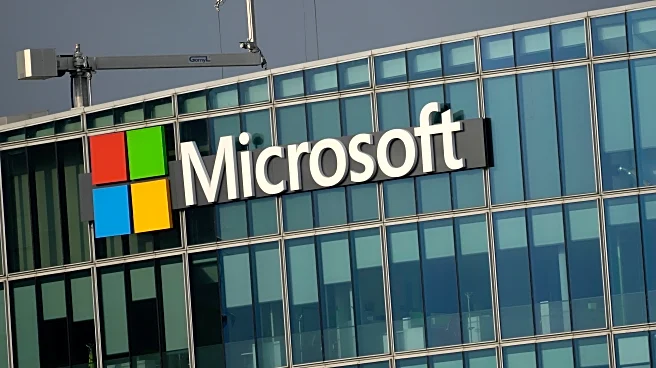What's Happening?
Microsoft has released the final cumulative update for Windows 10, addressing several zero-day vulnerabilities. The update, version KB5066791, includes fixes for issues such as privilege escalation, secure
boot bypass, memory corruption, and TPM information retrieval. These vulnerabilities were exploitable before a fix was available, posing significant security risks to users. The update is a reminder for users to consider upgrading to Windows 11, as future security updates will require Extended Security Updates coverage. Users can opt-in for extended coverage via their Microsoft account settings.
Why It's Important?
The release of the final security update for Windows 10 highlights the importance of maintaining up-to-date systems to protect against vulnerabilities. Zero-day exploits are particularly concerning as they can be used by malicious actors before a fix is available. This situation underscores the need for users to upgrade to Windows 11 to continue receiving security updates. The transition to Windows 11 is crucial for ensuring ongoing protection against emerging threats, and it reflects the broader industry trend towards newer, more secure operating systems. Users who delay upgrading may face increased security risks.
What's Next?
Users are encouraged to upgrade to Windows 11 to continue receiving security updates. Microsoft provides tools like Rufus for creating installation drives, as the official Media Creation Tool has encountered issues for some users. The transition to Windows 11 is expected to be smooth, with minimal differences from Windows 10. Users should back up their data before upgrading to ensure a seamless transition. As the deadline for extended coverage approaches, users must decide whether to upgrade or opt for extended security updates to maintain system security.












